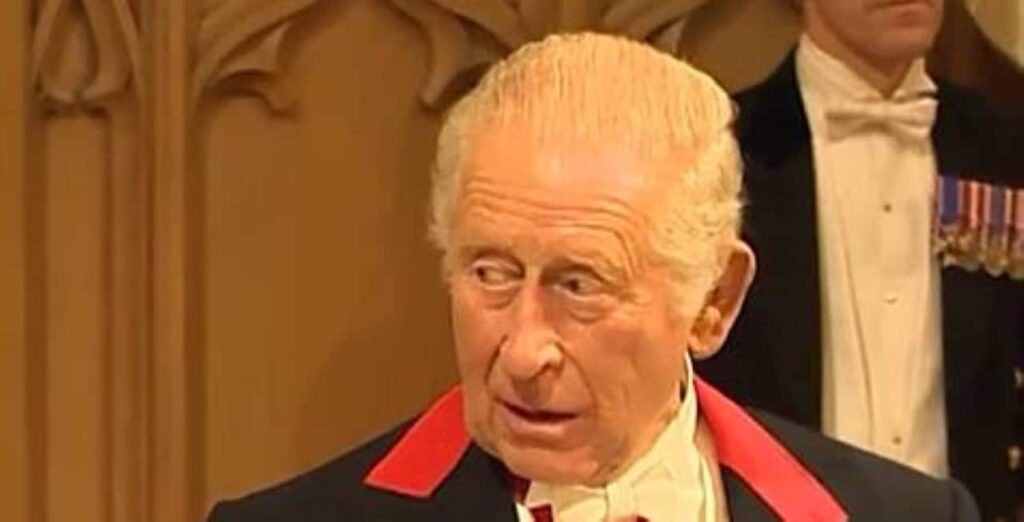
The British monarchy faces a pivotal moment as King Charles III, aged 76, battles a worsening cancer diagnosis first revealed in February 2024 after a procedure for benign prostate enlargement. The king’s deteriorating health has curtailed his public duties, with approximately 80% of his responsibilities now shifted to Prince William and Princess Kate Middleton, both 42, as they prepare for an expedited transition in London. This shift underscores the urgency to ensure continuity for the Crown, which oversees the United Kingdom and 56 Commonwealth nations. The situation has thrust William and Kate into the forefront, balancing centuries-old traditions with modern demands.
Recent medical imaging from August 2025 confirmed a decline in Charles’s condition, reducing his engagements from over 200 in 2024 to fewer than 50 in 2025. Though the specific type of cancer remains undisclosed, periodic hospitalizations, such as one in March 2025 for treatment side effects, suggest increasing severity. The monarchy, contributing £1.8 billion annually to the UK economy, must now navigate an uncertain future while maintaining its global influence.
Charles continues select symbolic duties, such as opening Canada’s Parliament in May 2025, but the bulk of royal obligations has fallen to William. The heir apparent has taken on high-profile diplomatic roles and international engagements, while Kate, having recovered from her own abdominal cancer diagnosed in January 2024, resumes selective public appearances focused on social causes.
Based at Kensington Palace, William and Kate have ramped up meetings with senior aides since early 2025 to refine succession protocols. These efforts aim to ensure a seamless transition amid Charles’s uncertain prognosis. The couple, known for their modern approach, balances royal duties with raising their children—George, Charlotte, and Louis—who are gradually being introduced to their future roles.
William, a former air ambulance pilot with military training, has taken on prominent tasks, such as representing the UK at the Notre-Dame Cathedral reopening in December 2024. He also manages the Duchy of Cornwall, generating £20 million annually for social initiatives. Kate, now cancer-free after chemotherapy until September 2024, focuses on mental health and early education, reaching millions through her campaigns. Her resilience has bolstered her public image as a compassionate leader.
Their approach signals a monarchy in transition. They are exploring changes to traditional rules, such as allowing joint travel for heirs beyond age 12, to prioritize family unity. This modernization is critical as nations like Jamaica and Australia debate becoming republics in 2025, challenging the Commonwealth’s cohesion.
Charles III’s condition, described as incurable but manageable, has reshaped the royal family’s dynamics. Ascending the throne in September 2022 after Queen Elizabeth II’s death, Charles faces a potentially brief reign, drawing comparisons to Edward VIII’s abdication in 1936. Despite limitations, he maintains select engagements, like meeting cancer survivors in July 2025, where he noted feeling “much better.”
His absence from major events, such as UN summits and state receptions, underscores the situation’s gravity. The monarchy’s relevance hinges on William and Kate’s 75% public approval rating, compared to Charles’s 50%. This popularity is vital as republican sentiments grow in parts of the Commonwealth, with six nations actively discussing independence from the Crown in 2025.
Prince George, 12, has begun attending select events, such as charity visits, marking his gradual introduction to royal life. William and Kate, mindful of psychological pressures, frame these duties as a “destiny” rather than an obligation to ease their children’s transition. Charlotte and Louis, second and third in line, also take on symbolic roles while maintaining a grounded upbringing.
William and Kate’s preparation includes training in estate management and global diplomacy. Their initiatives, like William’s Earthshot Prize for environmental solutions and Kate’s mental health programs, resonate with modern challenges, enhancing the monarchy’s relevance. These efforts reach millions and position the couple as forward-thinking leaders.
Charles III’s health crisis has highlighted family dynamics. Relations with Prince Harry, fifth in line, remain strained since his departure from royal duties in 2020. However, visits to Clarence House in September 2025 hint at tentative reconciliation, though they have no direct bearing on the succession. Queen Camilla, who would become queen dowager if Charles steps down or passes, maintains a supportive role, while Kate prepares to assume the title of queen consort.
The monarchy faces the challenge of maintaining stability amid rapid change. William and Kate’s popularity and progressive stance are key assets for the Crown’s future. The accelerated succession, driven by the king’s health, is being meticulously planned to avoid disruptions, ensuring the monarchy’s enduring relevance in a shifting global landscape.
Um erro no processamento bancário alterou os prazos de pagamento na negociação milionária entre Benfica…
A montadora alemã Volkswagen anuncia uma ofensiva agressiva para eletrificar sua linha no Brasil, com…
Problema físico acometeu o meia-atacante durante a semana de preparação. O departamento médico do Santos…
Um tiro único ecoou pelo campus da Utah Valley University em Orem, no estado de…
A France Football revelou os 30 indicados à categoria principal da Bola de Ouro 2025,…
Dólar americano registra leve alta de 0,34% e atinge 5,3238 contra o real brasileiro nesta…